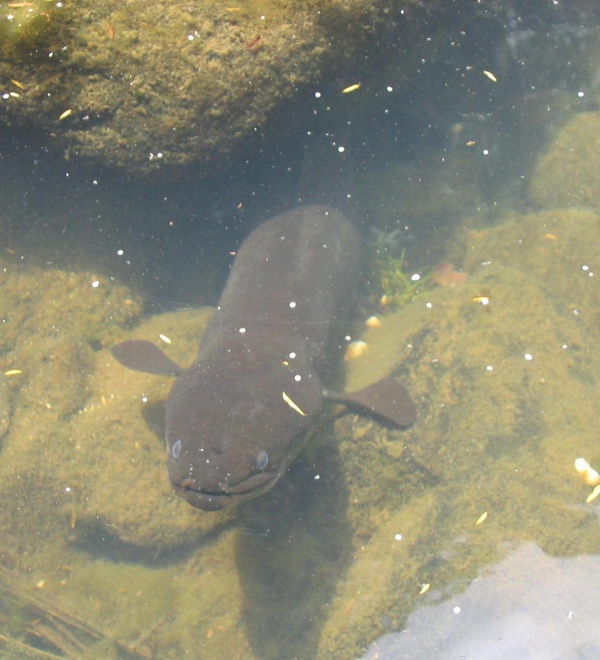Facts About New Zealand longfin eel
The New Zealand longfin eel is a unique species found exclusively in New Zealand and holds the title of the country's largest freshwater eel. Unlike its relatives, the shortfin eel and the Australian longfin eel, the New Zealand longfin eel possesses distinctive features and habits.
One of the most fascinating aspects of these eels is their life cycle. They dwell for many years in freshwater streams and lakes, often far inland, before embarking on an extraordinary migration to the Pacific Ocean near Tonga to breed. In their juvenile stage, they are proficient climbers, which aids them in navigating various terrains.
The longfin eel has been an integral part of Māori culture and cuisine for generations. However, despite their cultural significance and the fact that they are now considered threatened, longfin eels are still subject to commercial fishing today.
A longfin eel can be identified by the length of its fins and other physical traits. Interestingly, female longfin eels tend to be larger and live longer than males, sometimes reaching the venerable age of 106 years! They grow slowly and have an omnivorous diet, consuming everything from insect larvae to fish and even waterfowl.
Longfin eels are widespread across New Zealand's lakes and rivers, often found far from the coast. Their presence is deeply embedded in Māori traditions, particularly the knowledge of their migratory patterns.
Commercial fishing of longfin eels has experienced fluctuations over the years. Quotas have been introduced to help manage their populations, but the slow growth and reproduction rates of these eels make conservation a challenge. Efforts in aquaculture have faced difficulties, yet interest remains high as people seek sustainable solutions.
The longfin eel is currently classified as "At Risk: Declining" prompting various conservation efforts. There are growing concerns about their survival due to their slow reproduction rates and ongoing legal fishing. Recently, reports have emerged of longfin eels being used in pet food, which has outraged conservationists and underscored the urgent need for more robust protective measures.
